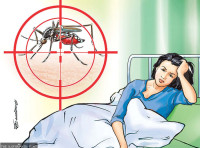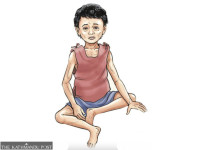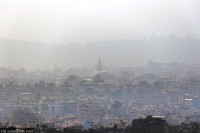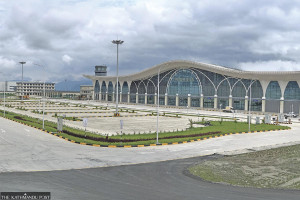Health
Anti-cholera immunisation drive to kick off next week
Over 1 million people above one year of age from Parsa and six local units of Bara will be administered oral cholera vaccine.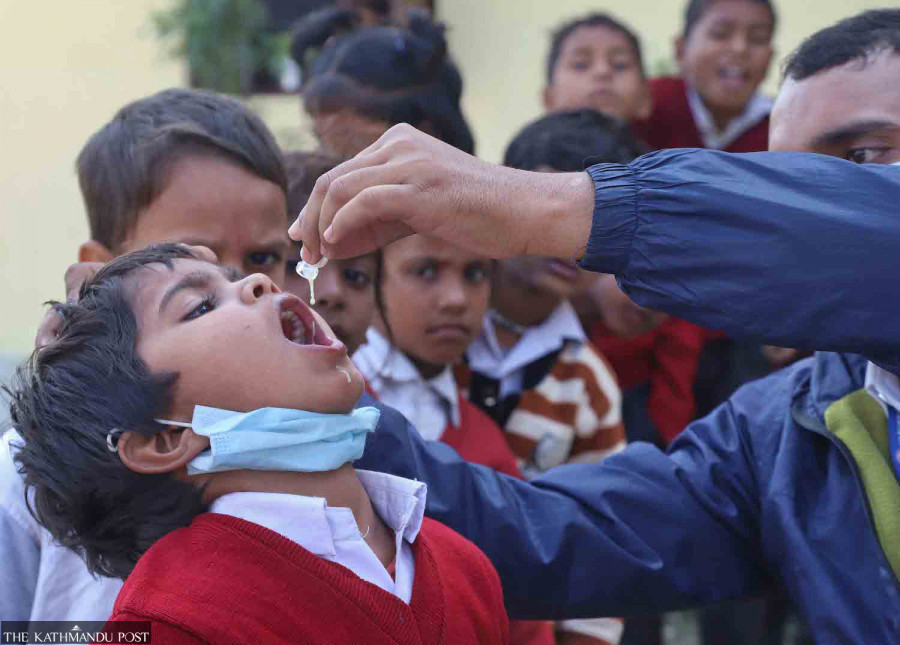
Post Report
All individuals above one year of age from Parsa and those residing in six disease-hit local units of Bara will be administered anti-cholera vaccines in a drive set to start next week.
At least four people are confirmed dead and over 1,800 have been infected with diarrhoea, which first broke out in Birgunj Metropolitan City in the first week of August and later spread to parts of the district and adjoining local units of Bara.
Despite multiple efforts to contain the spread of the disease, new cases are resurging in Parsa, including Birgunj. Health officials said health facilities in Birgunj have been recording over a dozen cholera cases every day.
“Preparations are in full swing to start the campaign,” said Dr Abhiyan Gautam, chief of the Immunisation Section at the Family Welfare Division under the Department of Health Services. “We have already received 1,018,100 doses of vaccine from our development partners.”
Cholera is a highly infectious disease that causes severe diarrhoea and vomiting, which can lead to dehydration and death within a few hours if left untreated. The National Public Health Laboratory, which tested stool samples of the infected, confirmed that Vibrio cholerae O1 Ogawa serotype is responsible for the outbreak.
Officials at the Ministry of Health and Population said that the vaccine, vaccination materials, and campaign operation costs have been provided through the International Coordination Group on Vaccine Provision (ICG). The campaign will be carried out with technical support from the World Health Organisation and the United Nations Children’s Fund.
The vaccination campaign will cover all 14 local units of Parsa district and six disease-hit local units—Kalaiya Sub-Metropolitan City, Jitpur-Simara Sub-Metropolitan City, Parwanipur Rural Municipality, Prasauni Rural Municipality, Pheta Rural Municipality, and Bishrampur Rural Municipality.
Public health experts say the Birgunj outbreak is the largest since the Jajarkot epidemic in 2009, which killed several people and infected hundreds. They say the outbreak exposes serious gaps in the government’s preparedness, response system, and water and sanitation conditions. Experts are alarmed by both the severity of the outbreak and the deaths it has caused.
Nepal often witnesses outbreaks of water- and food-borne diseases, including cholera, during the monsoon season as floodwaters contaminate drinking water sources.
Last year, at least 95 cholera cases were confirmed in Kathmandu, Lalitpur, Jajarkot, Pyuthan, Makawanpur, Rolpa, Sindhupalchok, Achham, and Rautahat districts. The Health Ministry had previously administered cholera vaccines in Kapilvastu, Rautahat, and Kathmandu to prevent the spread of the disease.
Poor sanitation and hygiene make Nepal highly vulnerable to water-borne diseases such as diarrhoea, dysentery, typhoid, hepatitis, and cholera, especially during the monsoon. Doctors say the risk will persist until water and sanitation conditions improve and people have access to safe drinking water. Factors such as storage conditions, supply pipes, and pollution of water sources also affect the quality of water supplied to households.
The World Health Organisation says cholera is a global public health threat, and a multifaceted approach is key to controlling the disease and reducing deaths.




 11.74°C Kathmandu
11.74°C Kathmandu

